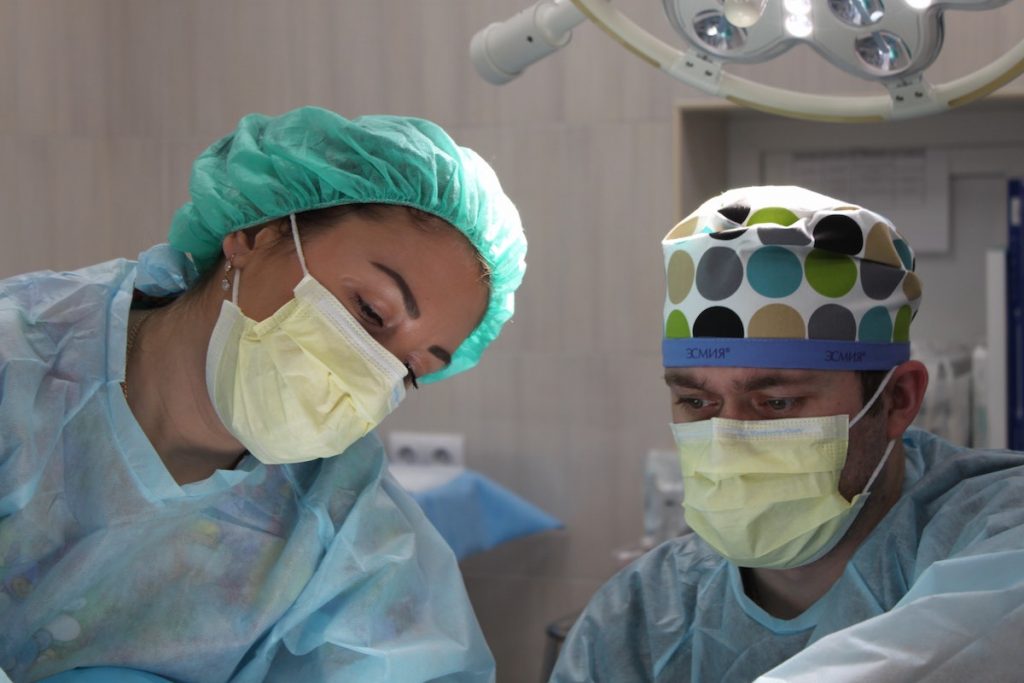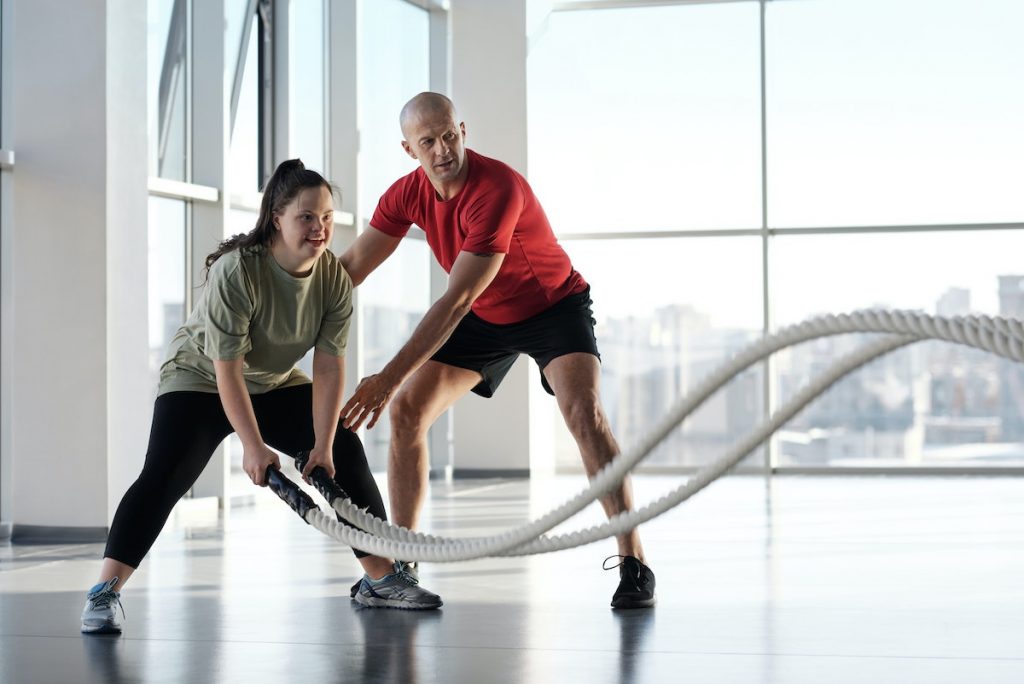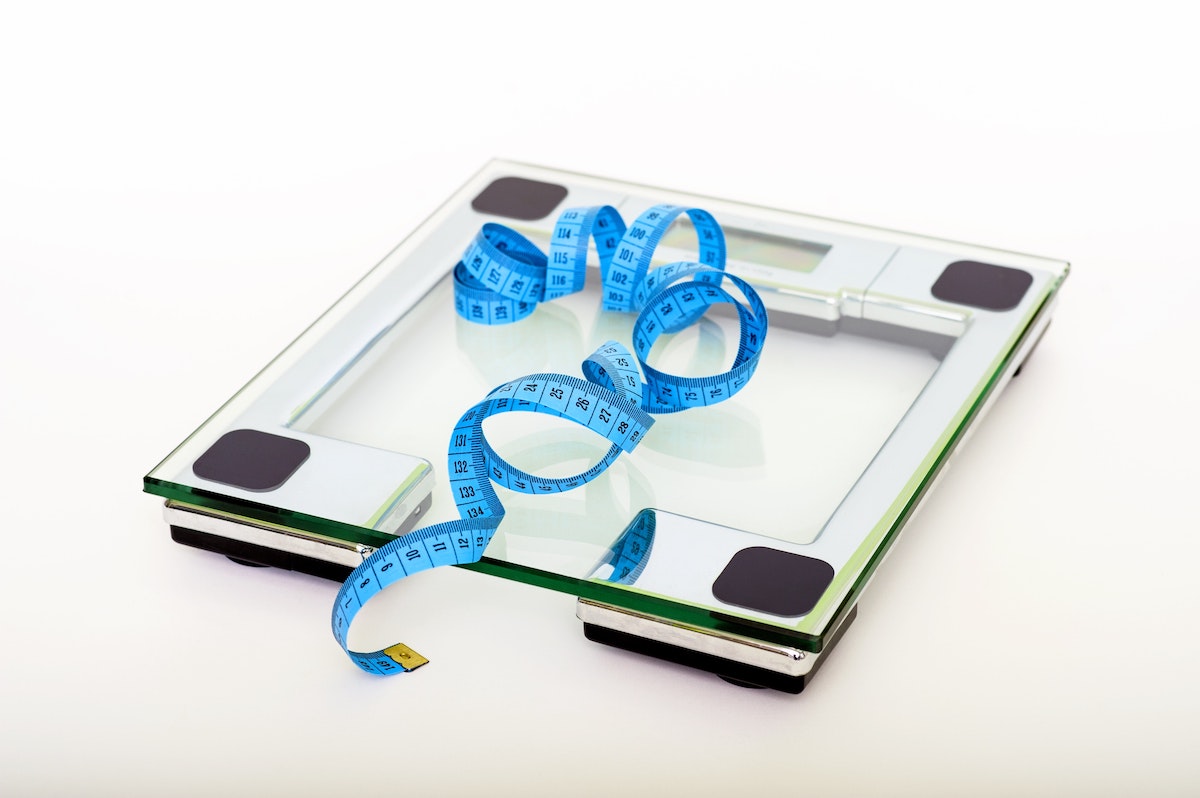Obesity has been a common problem among people in the United States for years. According to the Centers for Disease Control and Prevention, the prevalence of obesity among adult Americans increased from 30 percent to over 42 percent in a span of 18 years.
Obesity comes with a whole host of health complications, from heart disease to diabetes. If unchecked or untreated, it can pose problems to children and even older adults. Weight loss through dietary change and exercise is one of the most effective ways to reduce body fat, but there are other ways; like body sculpting.
What is body sculpting? How does body sculpting work? And is sculpting your body an effective method for shedding poundage?
What is Body Sculpting?

Body sculpting is a term applied to several weight loss methods. First, it’s sometimes used by physical fitness experts to refer to intense training regimens such as high intensity interval training and similar activities. Although intense exercise regimens are helpful for sculpting your body, they aren’t the only method.
Some people can have problems eating properly or going for exercise. For example, someone with an unhealthy relationship with food such as people living with binge eating problems can have a hard time achieving weight loss through dieting without serious psychological intervention beforehand. People with severe obesity can also find it difficult and potentially dangerous to follow exercise regimens. They can have heart conditions, respiratory conditions and other illnesses that could make it harmful for them to do rigorous physical activity.
Body sculpting centers around the country offer different types of procedures that can help people lose their weight. These refers to both surgical and non-surgical procedures designed to prevent the body from gaining too much weight. This is also the term for procedures that remove the fat concentrations around the body. They can be separated into two types: surgical and non-surgical sculpting. The former uses complex medical and internal surgery whereas the latter use various body sculpting machines to whittle down body fat.
The cost of body sculpting depends on the complexity of the procedure and its intensity. Surgical sculpting procedures are naturally more expensive because they require the expertise of surgeons, anesthesiologists and hospitalization. Non-surgical options can be cheaper and provide quick results for those who are only looking for cosmetic relief from body fat.
How Does Surgical Body Sculpting Work?

Surgical body sculpting is often only prescribed by physicians for people who need direct action to address their weight gain. These options can be very draining, both to the patient and to their resources because of the cost involved. Aside from the invasive nature of these procedures, these surgeries require considerable recovery times and physical rehabilitation.
The major types of surgical body sculpting include the following.
-
Liposuction
Liposuction refers to a type of surgical procedure where the surgeon injects a solution made of salt and water into an area filled with fat. These areas are commonly located in the abdomen, your chin, the neck and the buttocks.
The saline solution is mixed with an anesthetic, usually lidocaine, as well as medication such as epinephrine to help reduce the amount of blood lost during the procedure. The saline solution also makes it easier to remove the fat deposits in the area. Once the fluid makes the area stiff and swollen, the surgeon insets a cannula, or a very thin tube, into the area. This tube is connected a small vacuum that collects the mixed fat and saline solution from your body.
Liposuction can last several hours, depending on how much is being siphoned from your body. The surgeon will also have to give you general anesthesia.
Side Effects: Depending on the elasticity of your skin, you may discover irregularities with the contours of your skin. It may appear a little bumpy or even withered. Another possible complication that could occur during a liposuction body sculpting surgery is the risk of a fat embolism, in which a piece of fat dislodges from the main mass and causes a blockage in a blood vessel.
-
Gastric Bypass
A gastric bypass is a surgical procedure that makes the stomach smaller than it is. This surgery can be very expensive and is only reserved for people with morbid obesity and similar conditions.
The first step of the surgery involves stapling your stomach into two smaller parts with surgical staples. The top portion of the stomach is reduced to the size of a walnut or a fist. This means that you must eat less because you are only capable of eating a small amount. The second stage is the bypass, in which the surgeon cuts the small intestine free from the lower half and attach it to the smaller upper pouch. The food you eat will then travel directly through to the small intestines, meaning you will take in fewer calories than normal.
Another version of this procedure is the lap band, which uses a piece of surgical rubber to cinch the stomach and reducing its size without the need for staples.
Side Effects: People who sculpt their bodies with gastric bypass have to be very careful with their caloric intake. Because the stomach is now much smaller and intakes fewer calories, they must stick to rigid dietary regimens if they are to get sufficient nutrients. Strict after-surgery diets are a must when you have a gastric bypass.
How Does Non-Surgical Body Sculpting Work?

If you are looking for faster results and quick weight loss, non-surgical body sculpting options are the way to go. They also have lower associated costs because they don’t involve invasive medical procedures or lengthy recovery times.
Many body sculpting centers offer these types of procedures to their patients because they are safer and less likely to have major impacts on your physiology. The most prevalent form of non-surgical body sculpting is lipolysis.
There are many forms of lipolysis, but the common ones include the following.
-
Laser Lipolysis
This form of lipolysis body sculpting machine to heat the fat cells in your body. The target areas for a laser lipolysis procedure is usually your abdomen and the sides of the body. The increased temperature of the laser melts the fat. Your body will then naturally flush out the melted fat, thanks to your lymphatic system. If you do get a body sculpting through laser lipolysis, you will need multiple session, with each session taking approximately 30 minutes.
Side Effects: You should be aware that the laser can burn the underside of your skin, which can cause pain. It can also cause scarring and skin discoloration if the procedure encounters problems. However, the most common side effect is slight pain from the surgical area which you can treat with some Advil or ibuprofen.
-
Cryolipolysis
This type of lipolysis is a noninvasive procedure that uses the opposite of laser lipolysis. Instead of heating the fat cells until they melt, they will use a body sculpting machine to freeze specific areas of your body to destroy the fat. The procedure involves putting two cooling panels on your body, sandwiching the roll of fat in between. A single hour-long session of cryolipolysis can reduce the amount of fat in an area by as much as 25 percent. Multiple treatments may be necessary for effective results.
Side Effects: You may experience the feeling of tugging at the treatment area. Painful sensation such as stinging and aching are also to be expected. You may also have swelling and bruising, but this will go away on its own.
-
Radiofrequency Lipolysis
Just like the two former methods of sculpting your body, this involves destroying fat cells in your body. Rather than using either melting heat or freezing cold, however, this uses targeted ultrasound technology to help remove fat. The low-frequency vibration of the device breaks down the fat cells, allowing your body to flush them away. Like all forms of lipolysis, you will need multiple treatments, but this method is even less invasive and painful than the other two, allowing you to resume daily activities quickly.
Side Effects: The only note-worthy effects of a radiofrequency lipolysis is that the treatment area may feel a little swollen or bruised. The skin can also look like its been stretched taut or tightened.
Does Body Sculpting Really Work?

It’s fair to assume that body sculpting works, but how long do their effects last? How effective are they in assisting with permanent weight loss?
The answer depends on what sort of procedure you received.
Surgical procedures like lap bands and gastric bypasses have a permanent effect on your diet and caloric intake. This is because these body sculpting procedures alter the way your body receives nutrition, making it more difficult to gain poundage. On the other hand, liposuction and lipolysis target the fat directly rather than your body.
Because they do not change the way your body works, it is possible to regain all the fat you shed from the procedures over time.
The best method to ensure you do not regain the weight after a non-surgical body sculpting procedure is to pair it with a sensible diet and a tailor-fitted exercise regimen. Without a combination of these two, any procedure you undergo can be futile. Consult with a physician and a dietitian before and after you go to a body sculpting center for a procedure.




